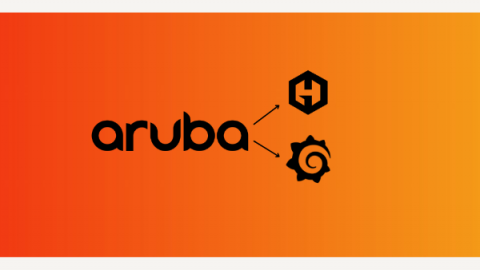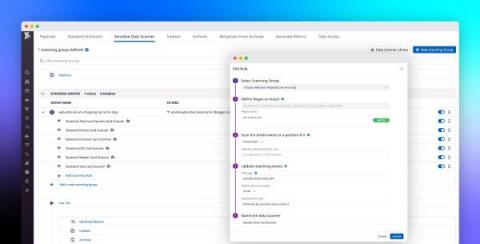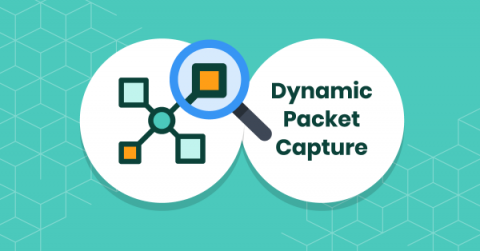History of Open Source Identity Management (part 1)
Few computing concepts are as ubiquitous as identity and access management. There isn’t a single day that goes by without us being asked for credentials, passwords or pin codes. Yet very few know the origins and the evolution of the technologies behind them. This is the first of two blog posts where we will look at the history of open-source identity management. We will cover the main open-source protocols and standards that shaped it, from its origins to the modern days.











